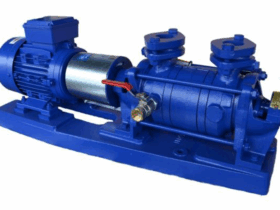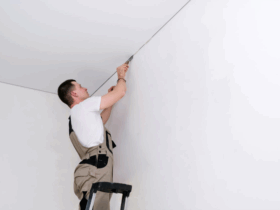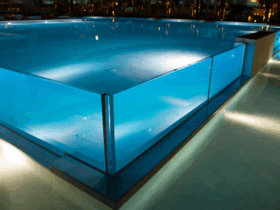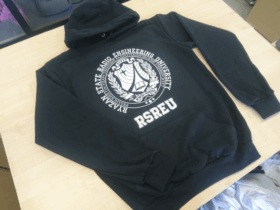A screw connection, as a type of structure, has an ancient age measured by many centuries. It was first described even in the works of ancient Greek mathematicians, these compounds made of wood were made and they were used to push the zimkh in winemaking. After the fall of the ancient world, many inventions were undeservedly forgotten, this fate befell the screw connection, which again appeared in the arsenal of medieval mechanics only in the 16th century. Then the screws and nuts were already made of metal, but they were still very far from perfection. In the future, their design was improved, unified, several varieties of screws were invented, which people successfully use today. By purpose, all screws are divided into two large groups: installation and fasteners.
Installation screws
Installation screws are designed to fix the position of fastened parts relative to each other. In this case, they should not only be fixed, but be in a certain position. In order to do this, ledges are made at the end of the screw, or on the contrary, deepening. For the same purpose, the end of fasteners can be given a special form: cone -shaped, for example, the GOST 1478 — 75 screw, or stepped — screw GOST 1483 84. Use this type of screws in the following areas:
Mechanical engineering;
Instrumentation;
Construction.
Another difference between this type of fastener is that the thread on it is located throughout the rod. The shape of the head can differ. In the figure below, various types of ends and heads of the screws are indicated. The technical characteristics of the fasteners and its use depend on their combination. So, for example, a combination of 4.8 is GOST 1481-84, such products are used in the installation of hedges, and the 5.10 layout is the GOST 1483 84 screw used under a large load.
Types of installation screws
Fasten screws
This type of product is considered much more common, it serves to connect two or more details among themselves. There are several dozen GOSTs of this type of fastener, their head can be equipped with one slice designed to work with a flat screwdriver or a cross -shaped deepening corresponding to the configuration of this type of screwdriver. Their head can have both a spherical shape and cylindrical, as well as to be secret or semi -lane. Secret screws are often used when the protruding head can interfere with the operation of the mechanism. Unlike installations, they have a thread only on parts of the rod.
For installation of fasteners, the above screws of different configurations, wrench and other tools are used already indicated above. The scope of the screw fasteners is very diverse and includes different areas — from use for fixing rails on the railway and ending with “secrets” — screws with a hidden intricate head, serving to prevent theft of automobile wheels.













Оставить коммент.